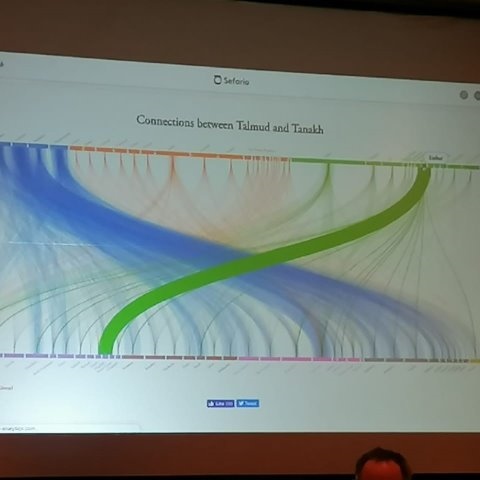
SA

The Torah shape of tech to come
MIRAH LANGER
“Our mission, in short, is to build the future of Torah. We are thinking about what is great about Torah, what is at its essence, what it should be in the future, and how can we use technology to build that,” said Brett Lockspeiser of the aims of the Sefaria organisation.
Lockspeiser is Sefaria’s chief technology officer as well as its co-founder, along with Atlas Obscura website creator Jonathan Foer. Together, the American duo, who first met during a trip to Israel when they were 17, have founded what they call an online “living library” of Jewish texts.
It’s a digital platform that now hosts about 200 million words from about 3 000 Judaic texts in Hebrew, Aramaic, and English. It’s accessed by about one million visitors from almost every county in the world each year.
The open-source collection of texts ranges across the Jewish canon, from translations of the Talmud and Tanach to a wide range of classic and modern commentaries.
For Lockspeiser, instead of taking away from the tradition of Torah study, the digital dimension helps to uphold it.
While the original Torah was a fixed entity comprising of five books and 80 000 words, usually presented as a scroll affixed to a wooden stem, its true meaning only emerged in the oral tradition. Through face-to-face encounters, people began to engage and interact with analysis of the text.
By treating these texts as data rather than books, they are able to release the content of the texts from the confines of their book format. Instead, the website allows users to click on links between Torah text, translations, related commentary – and even of course the many commentaries on commentary.
The website also has a separate function of allowing users to compile source sheets for Torah study. This utility is so popular, the site now hosts more than 200 000 of these sheets. Interestingly, most of these study sheets are authored by women.
Ultimately, suggested Lockspeiser, while Sefaria does not use the traditional structure of the Torah, it has made sure its true shape is set free.
“Torah is a network; a conversation where there are lots of voices always talking and referring back to one another. This is something technology is really capable of dealing with – trying to understand these texts not just as books, but as oceans of interconnections. A four-dimensional table across which a conversation spanning continents and time can take place.”




